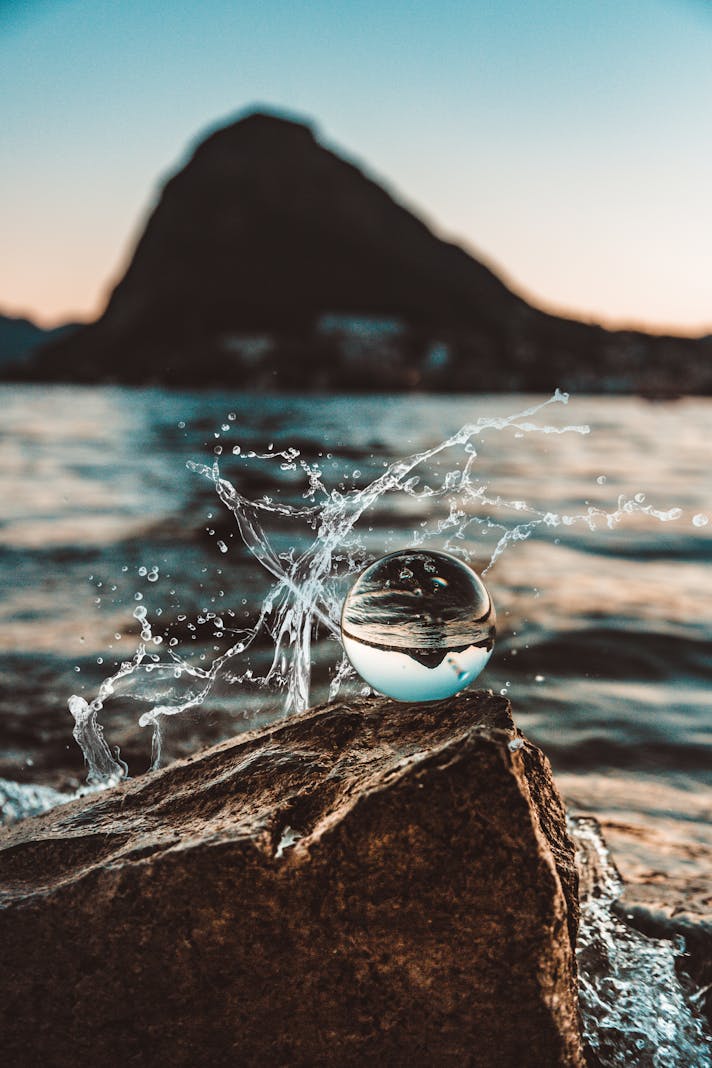Monterey and Environs

The Monterey Peninsula is arguably one of the most beautiful places in California. Just a few hours south of San Francisco, the towns of Monterey, Carmel, and Pacific Grove are home to amazing natural sites and fun activities. It is a lovely place to spend the weekend.
This peninsula is appreciated because of its natural beauty, and there are many ways to experience this. My personal favorite is through a hike at Point Lobos State Reserve, so designated because of the significance of the ecosystems in the area. Point Lobos is one of two places where the famed Monterey Cypress trees are found naturally, and at Point Lobos they are protected along with the other plants and animals that surround them. The trails take the visitor past vistas of fog, crashing waves, and craggy headlands.
This part of the California coast is important historically as well as scenically. Monterey was the first capital of California; it was also an economic hub for California’s fishing industry and sardine canning. Cannery Row, made famous by John Steinbeck’s novel, is now home to stores and restaurants – but markers that share the history of the setting can be found by those who take the time to look. Other historical points of interest include Monterey State Historic Park and the Carmel Mission.
Probably the number one attraction in the Monterey area is located next to the Cannery Row shopping area. The Monterey Bay Aquarium is one of the great aquariums of the world. A research center as well as a tourist attraction, the aquarium publishes a guide to sustainable seafood which has long been used by those interested in preserving ocean ecology. The aquarium is open daily, and there are live feedings and lectures in addition to the exhibits. Whether you are interested in penguins or in the underwater kelp forest, this is one truly amazing museum.
Piers are always fun places to visit, and Fisherman’s Wharf in Monterey is no exception. Over the years, this area has moved away from being a commercial fishing district into a tourist attraction, but the kitsch, while prevalent, pales in significance when the visitor hears the calls of the sea lions and otters. Dinners along the wharf very in price and quality, but there is nothing like a plein-air picnic watching kayakers and bay cruises move back and forth in the water.
Linking the cities of Pacific Grove and Carmel, 17-Mile Drive passes through some very exclusive neighborhoods. It is a toll road, and there are some who question whether or not the drive is truly worth the money. However, the route passes by the iconic Lone Cypress tree and the famous golf links at Pebble Beach.
Perhaps the most wonderful thing to do in the Monterey area is to wander – across the beach paths at Asilomar State Beach, up and down the streets of picture-postcard Carmel, through the stacks at Bookworks (a combination coffee house and bookstore) in Pacific Grove. Ultimately, the Monterey Peninsula is captivating not because of what there is to do, but because of the crash of the waves against beach rocks, the smell and chill of the fog when the rest of the state is roasting in summer, and the sheer beauty of the plant life. Monterey and its environs are well worth the visit, but be warned: no one goes to Monterey just once. After a visit, be prepared for the longing to return.
This peninsula is appreciated because of its natural beauty, and there are many ways to experience this. My personal favorite is through a hike at Point Lobos State Reserve, so designated because of the significance of the ecosystems in the area. Point Lobos is one of two places where the famed Monterey Cypress trees are found naturally, and at Point Lobos they are protected along with the other plants and animals that surround them. The trails take the visitor past vistas of fog, crashing waves, and craggy headlands.
This part of the California coast is important historically as well as scenically. Monterey was the first capital of California; it was also an economic hub for California’s fishing industry and sardine canning. Cannery Row, made famous by John Steinbeck’s novel, is now home to stores and restaurants – but markers that share the history of the setting can be found by those who take the time to look. Other historical points of interest include Monterey State Historic Park and the Carmel Mission.
Probably the number one attraction in the Monterey area is located next to the Cannery Row shopping area. The Monterey Bay Aquarium is one of the great aquariums of the world. A research center as well as a tourist attraction, the aquarium publishes a guide to sustainable seafood which has long been used by those interested in preserving ocean ecology. The aquarium is open daily, and there are live feedings and lectures in addition to the exhibits. Whether you are interested in penguins or in the underwater kelp forest, this is one truly amazing museum.
Piers are always fun places to visit, and Fisherman’s Wharf in Monterey is no exception. Over the years, this area has moved away from being a commercial fishing district into a tourist attraction, but the kitsch, while prevalent, pales in significance when the visitor hears the calls of the sea lions and otters. Dinners along the wharf very in price and quality, but there is nothing like a plein-air picnic watching kayakers and bay cruises move back and forth in the water.
Linking the cities of Pacific Grove and Carmel, 17-Mile Drive passes through some very exclusive neighborhoods. It is a toll road, and there are some who question whether or not the drive is truly worth the money. However, the route passes by the iconic Lone Cypress tree and the famous golf links at Pebble Beach.
Perhaps the most wonderful thing to do in the Monterey area is to wander – across the beach paths at Asilomar State Beach, up and down the streets of picture-postcard Carmel, through the stacks at Bookworks (a combination coffee house and bookstore) in Pacific Grove. Ultimately, the Monterey Peninsula is captivating not because of what there is to do, but because of the crash of the waves against beach rocks, the smell and chill of the fog when the rest of the state is roasting in summer, and the sheer beauty of the plant life. Monterey and its environs are well worth the visit, but be warned: no one goes to Monterey just once. After a visit, be prepared for the longing to return.
You Should Also Read:
Point Lobos State Natural Reserve

Related Articles
Editor's Picks Articles
Top Ten Articles
Previous Features
Site Map
Content copyright © 2023 by Korie Beth Brown, Ph.D. . All rights reserved.
This content was written by Korie Beth Brown, Ph.D. . If you wish to use this content in any manner, you need written permission. Contact Korie Beth Brown, Ph.D. for details.







